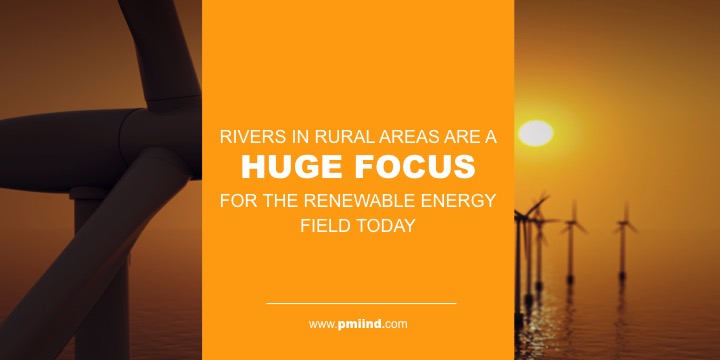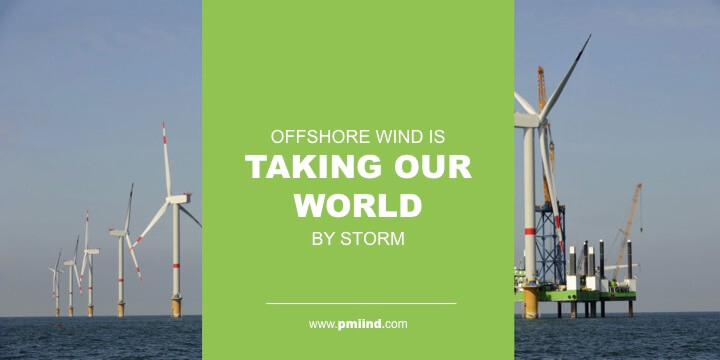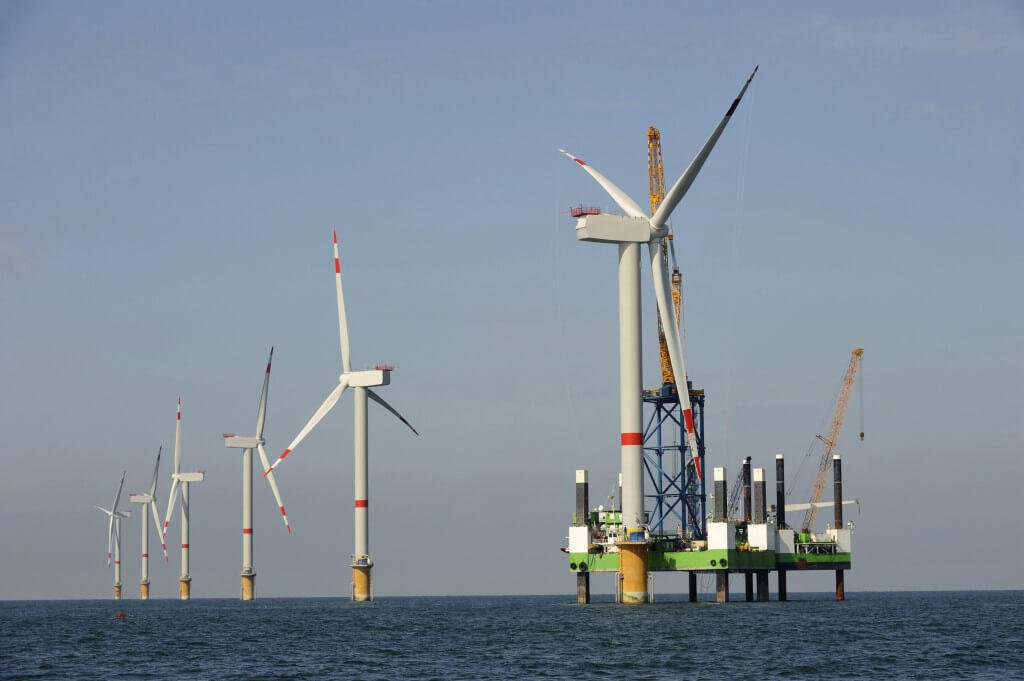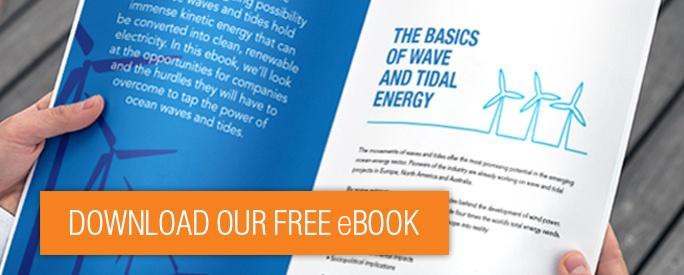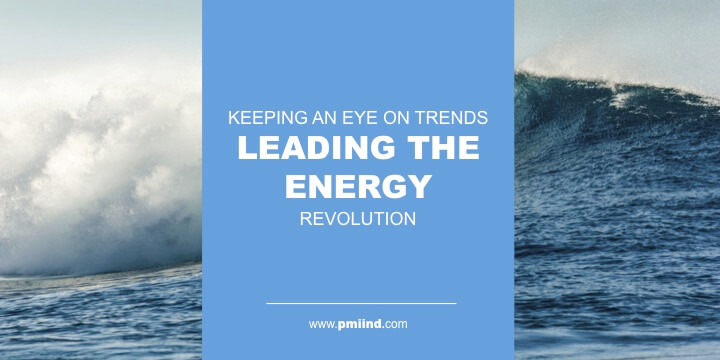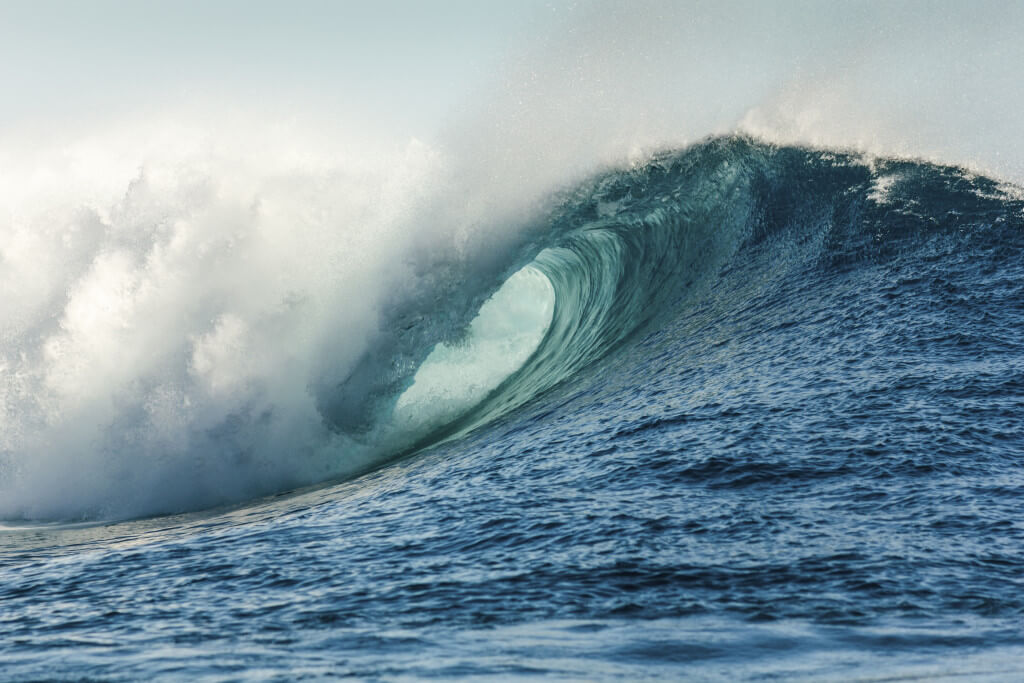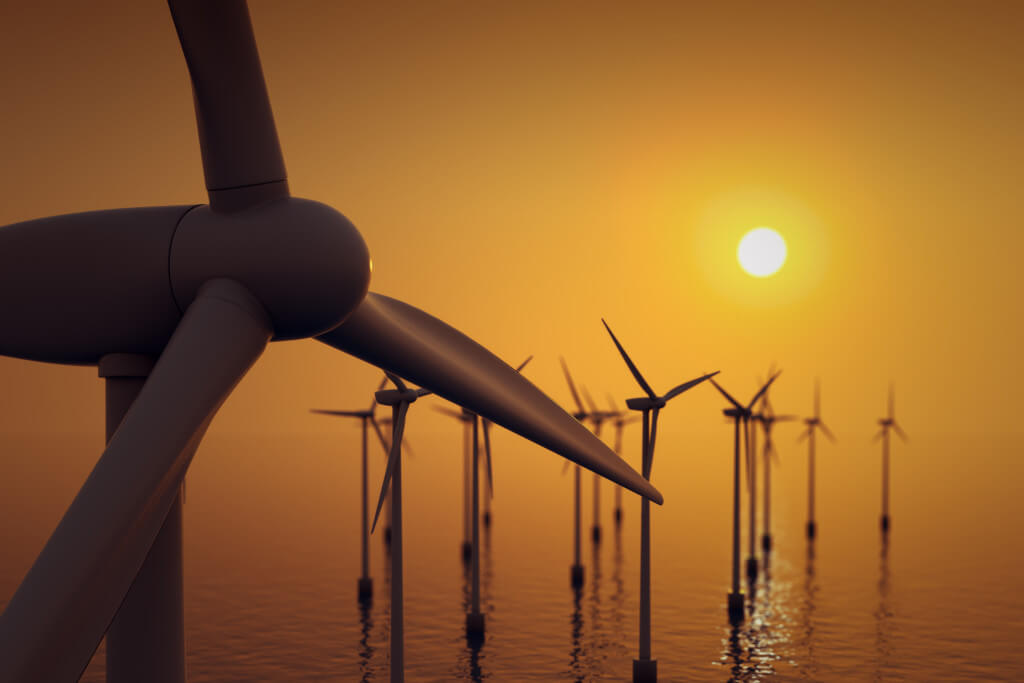
For decades, PMI has been extremely focused on building the best products that withstand the extreme environments of the deep ocean. But as we’ve come to work with Offshore Wind and Renewable Energy companies, we understand our product doesn’t have to be used in the deepest and harshest place on our planet, the sea. Instead, rivers in rural areas are a huge focus of the renewable energy field today. And these companies are offering solutions that serve a large portion of the population, who still have no access to electricity.
……………………………………………………………………………………………………………………
We see a great future in the power coursing through our rivers. And, of course, we will be providing cable equipment for these projects as they evolve. If you want to know more about our custom engineered cable hardware equipment, schedule to talk to our experts today.

……………………………………………………………………………………………………………………
India is facing an energy revolution. Despite broad grid coverage, electricity supply in remote areas remains unreliable. For the future, the government is setting a favorable political scenario by introducing solutions for decentralized electrification based on renewable energies, such as photovoltaic (PV), small wind, and explicitly kinetic hydropower.
Companies such as Smart Hydro Power have the advantage of realizing its systems in rural areas, without the requirement for any kind of infrastructure, suitable for running canals, rivers and streams, which inhabit a large portion of India’s typography. At the distribution part of this system, integrated load management introduces an auxiliary productive load – a water purification plant – that utilizes all excess energy and stabilizes the micro grid with variable operation. Through this feature, additional value is brought to the lifestyle of people residing in these communities. Read more…
The main ambition behind the development of the Smart Hydro Power turbine was cost efficiency. Selected materials had to be robust and yet affordable which resulted in a majority of HDPE, aluminum and stainless steel components. The turbine consists of a three bladed rotor, a 5 kW generator, the floating body consisting of a three piece diffusor and two floats.
Watch how it works here: http://www.smart-hydro.de/en/product/turbine.html
You may not have noticed, but offshore wind is taking our world by storm.
Since offshore wind turbines are transported by ships and barges, they easily reduce logistical challenges that land-based turbines encounter, such as narrow roadways or tunnels. This allows offshore wind developers to build larger turbines capable of producing more electricity.
But what’s really exciting is that offshore wind turbines can float. Several U.S. companies are developing innovative floating offshore wind platforms for use in deep waters. These floating platforms are placed in water depths where bottom-mounted towers are not feasible. Their structures are tethered to the seabed with cables.
And where there are cables, there is cable hardware.
We’ve been creating subsea cable hardware for years. Today our products, which offer protection against cable bending and abrasion, are being adapted for the renewable energy field.
This need for subsea cable hardware will be on the rise right along with the demand of
clean, renewable energy to fulfill the electrical needs of cities along U.S. coastlines. And being located near the east coast, where many of the first offshore wind farms will be developed, means we are a close resource for the industry.
Read more about our thoughts on wind energy.
Here are all top 10 things you didn’t know about offshore wind energy.
There’s no shortage of bad news these days, but looking at the trends in renewable energy, there’s plenty of hope. Last year, the world broke a record for new wind installations, installing nearly three wind turbines each hour. At that rate the need for proven subsea equipment will certainly increase as well. At PMI, we are focused on this market, the trends that will lead the energy revolution and helping these customers realize a significant return on investment.
Wind energy is surging back to stronger levels of investment is just one of the trends. Read about all them here.

